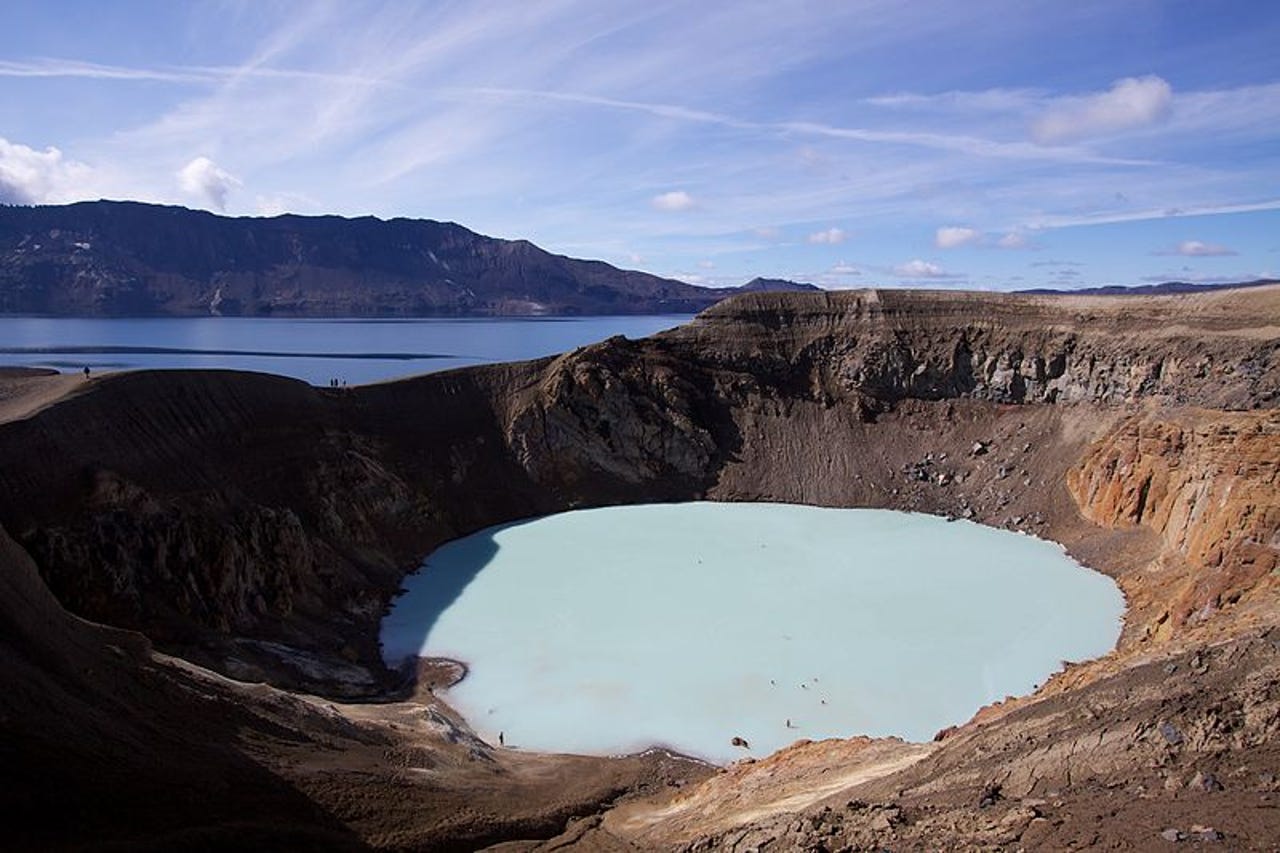Innovation
Volcano power? Scientists drill a well into magma
A "supercritical" well in Iceland uses magma to heat water, generating superheated steam and electricity at 500 degrees Celsius.


Earth’s core is essentially a nuclear reactor, generating heat from the breakdown of radioactive elements. By drilling deep wells, scientists have been harnessing that heat to power turbines for decades. In the last two decades in particular, researchers have been trying to capture superhot steam -- from “supercritical” fluids -- to turn into electricity, Science explains. (Water reaches a “supercritical state” at crazy high pressure and temperature: 222 bars and 374 degrees Celsius. The higher the temperature, the easier it is for water to enter a supercritical state.)
A typical geothermal well produces 5 to 10 MW of electricity, and supercritical wells could yield 10 times that much, according to Wilfred Elders at the University of California, Riverside.
The Icelandic Deep Drilling Project (a consortium of energy companies and scientists) began drilling for supercritical wells in 2009. The magma pouring in was hotter than 900 degrees Celsius. Science explains:
To use the magma for energy, workers wouldn’t drill directly into it. Instead, they could either tap into superhot water in nearby magma-heated rock and use its steam to turn turbines, or make artificial steam by injecting water from the surface.
When it was finished in 2011, the well was just above the magma. It generated superheated steam and 35 MW of electricity at 500 degrees Celsius -- proving for the first time that it was possible to create supercritical geothermal wells enhanced by magma, Science reports.
But volcanoes won’t be powering the world just yet. Equipment that can withstand extreme conditions need to be developed. (The well failed just two years later.) And as for location, these systems not only depend on active volcanoes, they also need magma that you can actually drill into. Projects are also underway in New Zealand and Japan.
The findings were reported in Geothermics last month.
[Science]
Image: Víti geothermal lake / Boaworm via Wikimedia
This post was originally published on Smartplanet.com